How Sumo Wrestlers Train And Live | Japanese Sumo Rules, Rankings & Salaries
Hanima Anand |Jun 14, 2025
Sumo wrestlers in Japan are like celebrities who have fandoms and live by the cheers of the audience. However, before reaching their stardom, they have undergone a strict diet and training process.
- Human Zoos: The Dark Secret Behind Modern Zoos' Creator
- Japanese Creativity: Use Monster Robots To Deter Bears, And Two Sesame Seeds To Fix Defective Cakes
- Chinese Parents Sell Daughter's Corpse As A Ghost Bride For Rs 9 Lakh
Sumo wrestling in Japan is a national sport that dates back to 1500 years ago. It’s not until the 20th century that the rituals and rules of current sumo were developed fully. More than just a sport, sumo wrestlers are considered celebrities in this country for the cultural attachment of sumo to Japanese values.
Today, let’s see how a young sumo wrestler train and live as well as other unknown facts around this special sport from Japan.
How sumo wrestlers are trained
Potential sumo wrestlers in Japan are trained at a very young age so that they could master all 70 winning strategies of this sport.
A recent article on Reuters reported a typical case of Kyuta Kumagai, a 10-year-old child in training to become a professional sumo fighter. Kyuta is the son of a former amateur sumo wrestler and has shown his interest in this Japanese fighting since kindergarten.
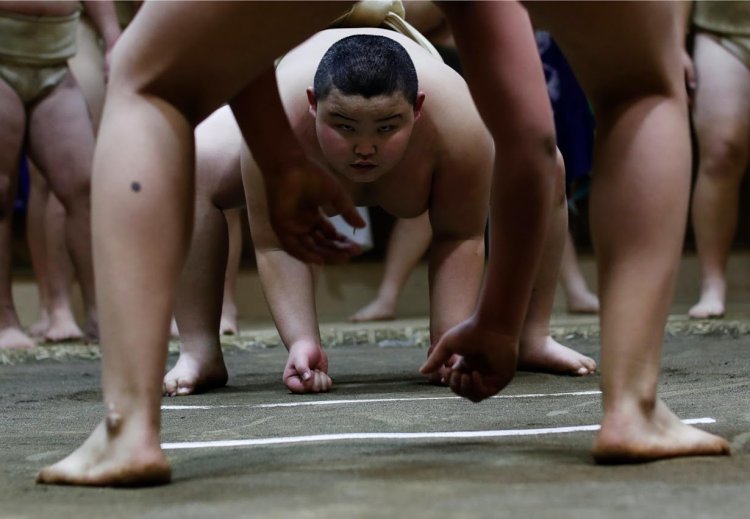
Realizing Kyuta’s potentials, his father moved the entire family to Fukugawa, Tokyo where most sumo wrestlers are trained. The formal training for Kyuta takes place at a local sumo club with coach and at a temple with his own father.
At the age of 10 now, Kyuta trains six days a week, including fighting at the club, lifting weights, swimming and practicing track and field. Every time he trains with his father, he is often left breathless and crying but the tougher it was, the stronger he would become, said Kyuta’s father.
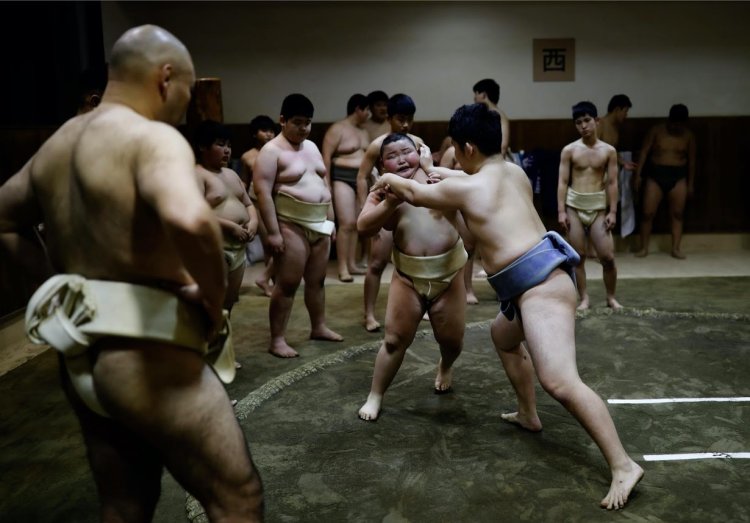
As sumo doesn’t categorize by weight, weight gain is the key to take advantage in a match. That’s why Kyuta follows a strict diet of 2,700 to 4,000 calories per day. At the moment, he weighs 85 kg, twice as big as other boys of the same age. Within the next two years, Kyuta is expected to put on another 20 kg.
Many adult sumo wrestlers in Japan reach 150 kg, so the weight goal for this 10-year-old Kyuta will continue to increase by years.
To the family of Kyuta, they are betting all their life on this son. Every member in the household must sacrifice for this commitment, from either his mother and sister as the training is very expensive. But to Kyuta, what motivates him the most is just a passion for sumo and it’s fun to beat people older than him.
Rankings of sumo wrestlers
Top-ranked sumo could earn thousands of dollars per month and live a prestigious life. However, there are several divisions one must go through to reach the highest rankings in this sport. Here are sumo rankings from lowest to highest:
- Jonokuchi
- Jonidan
- Sandanme
- Makushita
- Juryo
- Maegashira
- Komusubi
- Sekiwake
- Ozeki
- Yokozuna
The last five ranks belong to the top division in sumo, called Makuuchi. The Yokozuna ranking is the top-notched rank, which is only given for exceptional sumo representatives. If members in other ranks could be demoted for poor performances, people in Yokozuna are expected to retire in case of poor results.
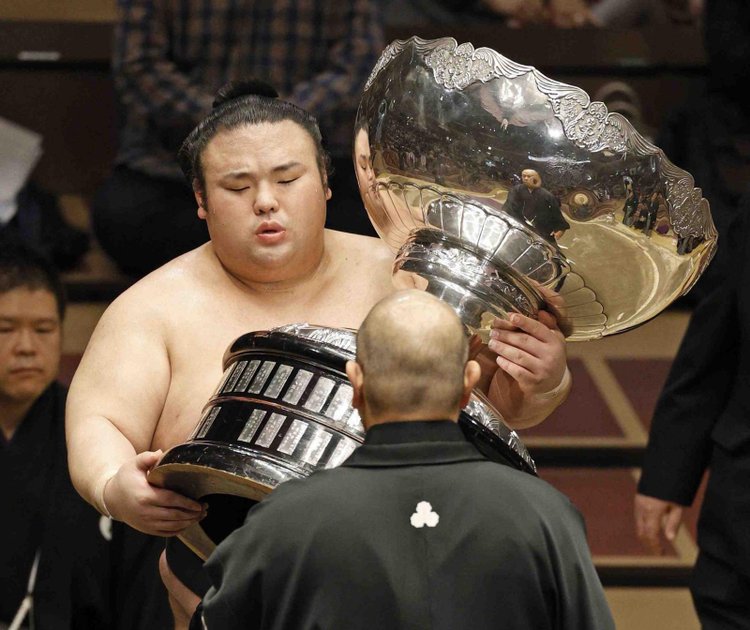
Famous professional sumo wrestlers who are at the highest Makuuchi ranking Yokozuna include Takakeisho, Asanoyama,and Shodai.
Rules in a sumo match
Unlike other wrestling sports, sumo has a unique set of rules. Eye gouging, choking, hair pulling, using closed fists, or kicking the opponent’s chest and abdomen are not allowed in sumo.
Grabbing the mawashi at the groin area is also forbidden. Holding the belt around the waist, slapping or tripping is legal though.
In a sumo match, whoever puts any part of his body on the ground outside the drawn circle loses the bout. Likewise, who touches the ground inside the circle with his body or hair (except for his feet) also loses the match.
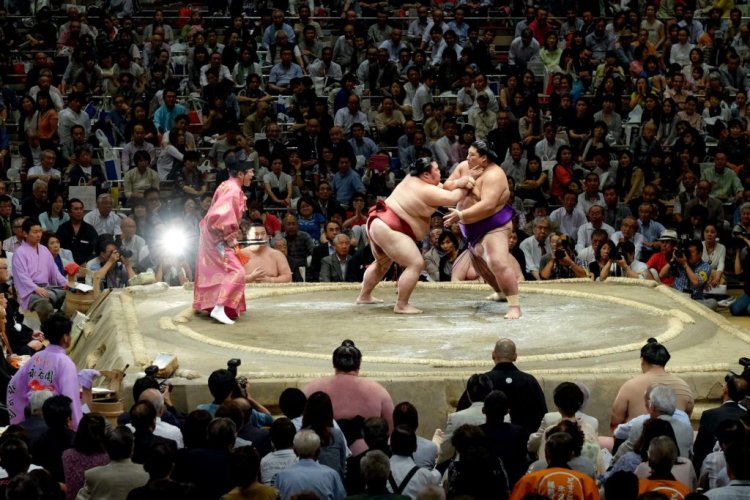
Usually, sumo wrestlers exploit two common winning strategies called the yori-kiri and the oshi-dashi. The former involves pushing the opponent out of the ring and holding his mawashi, while the latter includes pushing the rival out of the circle with one or both hands on his body.
Salary of sumo wrestlers in Japan
Based on their rankings, sumo wrestlers receive a different amount of salary per month. The lowest sumo ranking Jonokuchi are those in training, so they don’t get paid.
Jonidan-ranked sumo are newcomers to formal matches. They have some experience but their wages are inconsiderable. They need to be promoted to higher divisions to make ends meet. At this stage, they only got a small allowance for doing chores at the sumo stable after each tournament.
Sandanme are still considered amateur sumo. However, they would have more chances to earn prize money if winning their bouts. They also receive around $2,000 after each tournament for their participation and assistance at the event. Those in Makushita rankings often get the same as Sandanme.
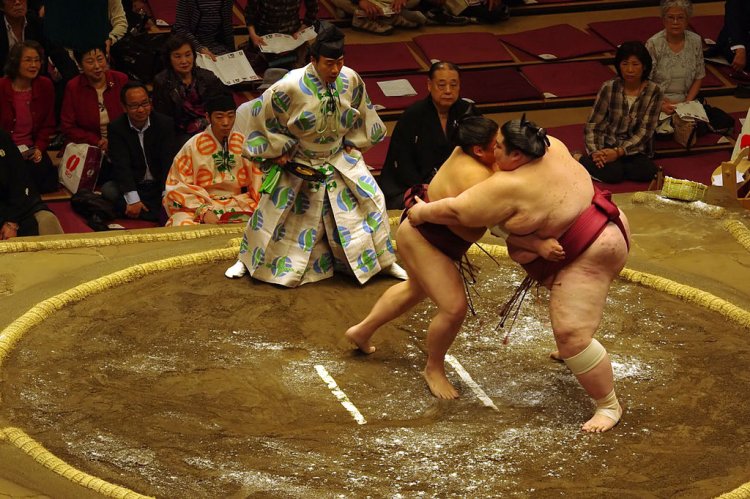
Juryo sumo wrestlers could now do a living by fighting in sumo tournaments. They could earn up to $8,800 per month, excluding their perks and prize money.
For those in Makuuchi, there’s no fixed salary for these people as only a few exceptional people could make it. Of course, they would get more than $10,000 monthly at least but that doesn’t count their prize money or any endorsement fees, etc.
Above are general facts that you might find interesting about sumo wrestlers in Japan. Good news is this sport is open to foreigners though there is a limit to the number of foreign sumo in each stable.
>>> Read more on Starbiz.com!
- Tag






Comments
Sort by Newest | Popular